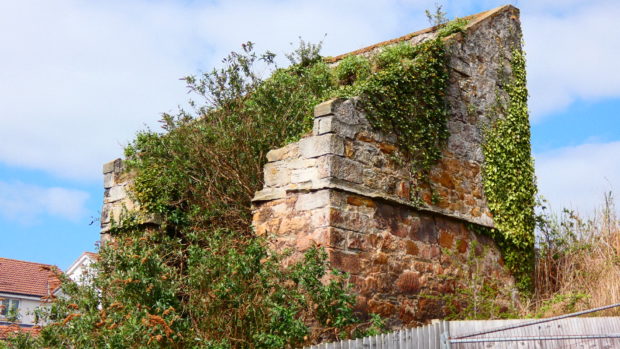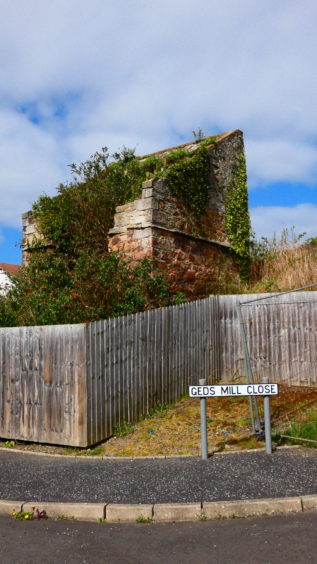The battle is on to save an historic 18th century doocot, which stands in the way of a Fife housing development.
Objections have been made to plans to demolish the C-listed Colinswell doocot that has stood on land at Geds Mill Close in Burntisland for more than 200 years.
Builders say the building threatens a proposal to build 21 new homes and 16 flats at the site.
Dalgety Bay-based developer SIPS Homes Scotland Ltd, has applied for consent to raze the structure, claiming its repair of the building would “prove costly and as such affect the viability of any future development”.
The company added: “Rather than allow the doocot to fall further into disrepair and inevitably become a danger to the public and residents in the existing nearby properties, it is proposed that the structure be demolished to facilitate the
new proposed housing development.”
However, Historic Environment Scotland and members of the town’s Historic Trust have lodged objections claiming the structure is of significant historical value despite its dilapidated state and must be preserved.
In a submitted to planners, Historic Environment Scotland state: “We object to the application because no attempt has been made to incorporate the listed
doocot within the proposed development, and its demolition has not been justified.
“We would strongly recommend that the doocot is restored, or at the
very least repaired and consolidated as part of any new development on the site.
“Its timeous repair should form a condition of any future approval for the site.”
John Burnett, secretary of Burntisland Heritage Trust, added: “These doocots are a window into the past and each one tells a story of its time and place.
“They were built using local materials, forms of construction and skills embodying traditions and history.
“Ultimately, doo’cots give an insight into a former way of life and add to the richness of our heritage and history.
“They are not our words but those of Fife Council’s own conservation officer Matthew Price in an interview published in The Courier in March 2019 and we agree wholeheartedly with them.”
The rectangular ‘lectern’ doocot dates from the eighteenth century, and would have contained over 500 stone nesting boxes when it was in full use.
It’s thought to have been connected with the Colinswell estate which was situated to
the west of the town at the time.
The structure was given Category C listed status in 1979, and was later placed on the National Buildings at Risk Register in 2007.
The public have until Thursday, April 16 to register objections or support for the demolition with Fife Council.











